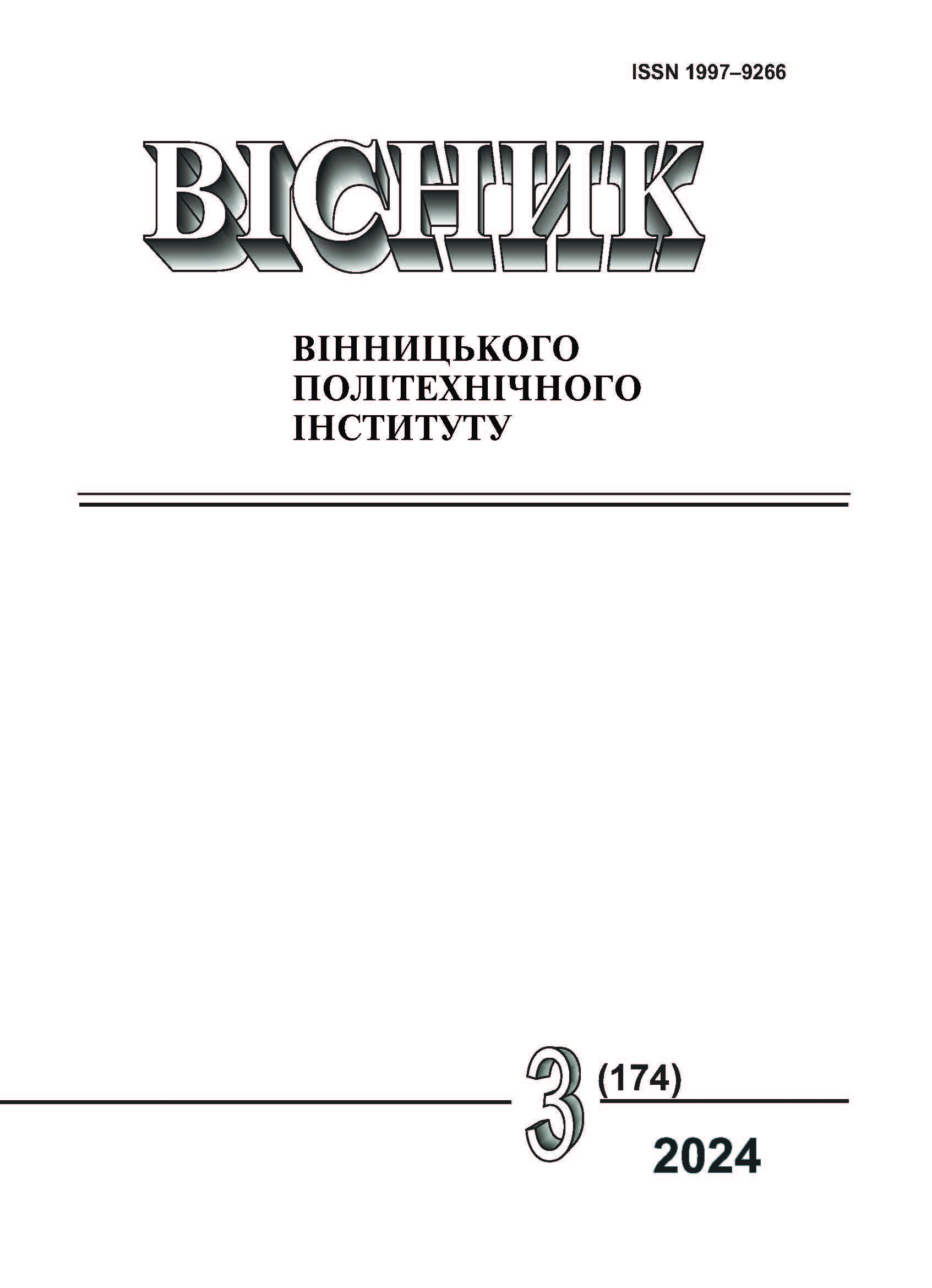Hardware Implementation of Number-Pulse with Bits Variability and Rate Evaluation
DOI:
https://doi.org/10.31649/1997-9266-2024-174-3-96-101Keywords:
number-pulse function converters, bit-stream devices,, dynamic range, FPGA, speedAbstract
There are many different types of number-pulse code converters operating in real time, in which the result is formed during the arrival time of each input pulse.
The relevance of the development of number-pulse functional converters with variable bit rate, which in many works are also called bit-stream devices, has recently been due to the development trend of intelligent sensors and the transfer of primary transformations of measurement information as close as possible to them.
Sensor signals are often represented by pulse-number code, that is, in bit-stream form, which allows real functional transformation in a digital element base.
The paper presents the design results of number-pulse functional converters with variable bit rate, which differ in better metrological characteristics compared to known devices.
As a result, a version of the implementation of number-pulse functional converters with a variable bit rate device for dividing the number-pulse code into a parallel code that can work in binary and binary-decimal counting systems on the FPGA is presented. An assessment of its time characteristics and hardware costs was carried out, which confirms the effectiveness of the used principle of variable bit rate.
Time analysis of implemented devices on the FPGA was carried out taking into account the accuracy of their transformation and dynamic range.
A feature of the construction of devices based on the variable bit rate principle is the possibility of simply increasing the bit rate of structural elements. The expansion of the dynamic range on the input digital-pulse code occurs within theoretically any given limits.
Therefore, it is advisable to determine the speed of digital-pulse functional converters depending on their dynamic range according to the input digital-pulse code with fixed (given) other metrological characteristics before the start of their physical implementation.
References
В. Б. Дудикевич, В. М. Максимович, і Р. Д. Баран, «Пристрій для ділення, що працює в двох системах числення,» Вісник ДУ «Львівська політехніка», серія Автоматика, вимірювання та керування, № 389, с. 131-136, 2000.
О. І. Буреньова, А. Д. Мілакін, і С. Е. Миронов, «Архітектура та структурно-топологічні особливості біт-потокових пристроїв,» Проблеми розробки перспективних мікро-і нано-електронних систем, № 3, с. 122-129, 2021.
F. Zhou, and Y. Chai, “Near-sensor and in-sensor computing,” Nature Electronics, vol. 3 (11), pp. 664–671, 2020.
M. H. Najafi, S. R. Faraji, K. Bazargan, and D. Lilja, “Energy-efficient pulse-based convolution for near-sensor processing,” 2020 IEEE Int ernational Symposium on Circuits and Systems (ISCAS). Seville: IEEE, 2020, pp. 1-5. https://doi.org/10.1109/ISCAS45731.2020.9181248 .
В. Б. Дудикевич, В. М. Максимович, і Л. В. Мороз, Число-імпульсні функціональні перетворювачі з імпульсними зворотними зв’язками, моногр. Львів, Україна: Національний університет «Львівська політехніка», 2011, 244 с.
В. М. Максимович, В. В. Клименко, і О. М. Лопачак, «Оцінка швидкодії число-імпульсних функціональних перетворювачів,» Вісник НУ «Львівська політехніка», серія Автоматика, вимірювання та керування, № 420, с. 57-66, 2001.
Downloads
-
PDF (Українська)
Downloads: 69
Published
How to Cite
Issue
Section
License

This work is licensed under a Creative Commons Attribution 4.0 International License.
Authors who publish with this journal agree to the following terms:
- Authors retain copyright and grant the journal right of first publication.
- Authors are able to enter into separate, additional contractual arrangements for the non-exclusive distribution of the journal's published version of the work (e.g., post it to an institutional repository or publish it in a book), with an acknowledgment of its initial publication in this journal.
- Authors are permitted and encouraged to post their work online (e.g., in institutional repositories or on their website) prior to and during the submission process, as it can lead to productive exchanges, as well as earlier and greater citation of published work (See The Effect of Open Access).





